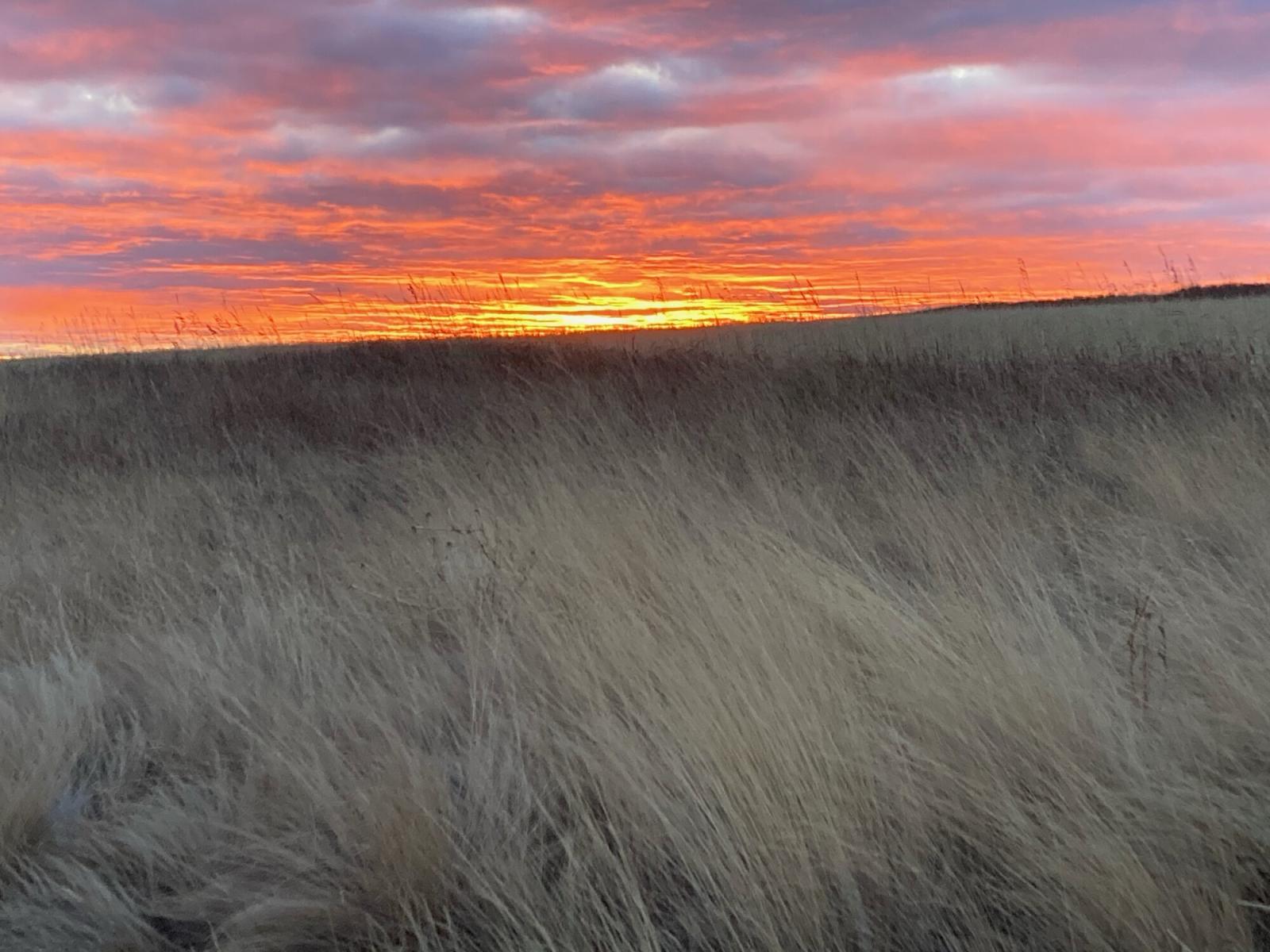Photos
Click to display full size or right-click to save to your device.
ARCHIVED NEWS RELEASE
This document is provided for archival purposes only. Archived documents
do not reflect current WDFW regulations or policy and may contain factual
inaccuracies.
News release Sept. 10, 2021
Wildlife Program, 360-902-2515
SPOKANE – In response to decreased fire risk and cooler temperatures, wildlife areas managed by the Washington Department of Fish and Wildlife (WDFW) will reopen to overnight use starting Thursday, Sep. 16.
The only wildlife area in Eastern Washington that remains closed until further notice is the Oak Creek Wildlife Area Unit due to the active Schneider Springs Fire. Access to campgrounds in the Methow Unit of the Methow Wildlife Area will reopen on Friday, Sep. 17 when the U.S. Forest Service plans to reopen East and West Chewuch roads.
“We’re excited to reopen WDFW-managed lands in Eastern Washington to overnight use in advance of most hunting seasons,” said Cynthia Wilkerson, Lands Division Manager for WDFW. “This has been another bad fire year, and we have appreciated the public’s help protecting wildlife habitat and public safety. We are lifting restrictions on camping in many areas, but there is still a risk of wildfire, and we urge people to obey burn bans and take proper precautions.”
An emergency order issued in late June is still in effect and enforced on WDFW-managed lands east of the Cascades through the end of September.
The order prohibits:
-
Fires or campfires, including those in fire rings. Personal camp stoves and lanterns fueled by propane, liquid petroleum, or liquid petroleum gas are allowed.
-
Smoking, except in an enclosed vehicle.
-
The discharge of firearms for target-shooting or other purposes by anyone not engaged in lawful hunting.
-
Welding and operating chainsaws, including the use of an acetylene torch or other open flame.
-
Operating a motor vehicle away from developed roads. Parking is permitted within designated parking areas, including developed campgrounds and trailheads; and in areas without vegetation that are within 10 feet of roadways.
Members of the public engaged in these high-risk activities will be ticketed as WDFW enforcement officers will be applying a zero-tolerance approach.
For more information on wildfire prevention and to plan your trip to a WDFW wildlife or water access area, visit WDFW’s website.
For the latest information on fires in Washington, visit the Department of Natural Resources Fire Dashboard.
WDFW stewards over 700,000 acres of public land in Eastern Washington which are managed to protect lands and water for wildlife and people. WDFW works to preserve, protect and perpetuate fish, wildlife and ecosystems while providing sustainable fish and wildlife recreational and commercial opportunities.
